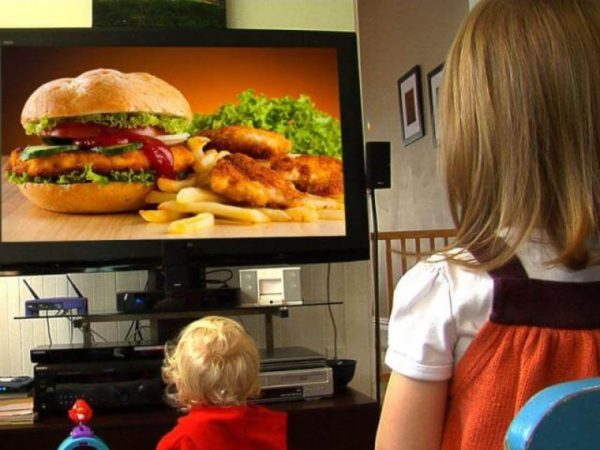WHO Warning on Children’s Exposure to Junk Food Ads

HAVANA TIMES – The World Health Organization (WHO) has released new guidelines recommending more stringent policies and measures to protect children from the harmful impact of junk food marketing. The new document was launched on July 3rd.
“Children continue to be exposed to powerful marketing of foods and non-alcoholic beverages that are high in saturated fatty acids, trans-fatty acids, free sugars and/or salt, consumption of which is associated with negative health effects,” the WHO indicated in a press release announcing the new guidelines.
Such exposure to powerful advertising has continued, despite the fact that over ten years ago the 194 member countries of the WHO approved recommendations to address this children’s health problem.
Although the previous set of recommendations offered more freedom, allowing a variety of political measures, the new WHO guidelines now recommend that countries implement comprehensive mandatory policies to protect children of all ages from the marketing of those potentially harmful foods and beverages.
“Calls to responsible marketing practices have not had a meaningful impact. Governments should establish strong and comprehensive regulations,” stated Francesco Branca, who directs the WHO’s Department of Nutrition and Food Safety.
She added: “Aggressive and pervasive marketing of foods and beverages high in fats, sugars and salt to children is responsible for unhealthy dietary choices.”
The press statement introducing the new guidelines clarifies:” the updated recommendation is based on findings of reviews of recent evidence, including how exposure to and the power of food marketing affects children’s health, eating behaviors, and food-related attitudes and beliefs.”
Dozens of studies examined by the group evaluated children’s exposure to food advertising through television, online media, product packaging, magazines, and sports sponsorships; and at the store, in schools, outdoors, in public transport and in restaurants, including celebrity endorsements.
The results of the studies showed that across all the marketing media the products most frequently promoted were predominantly highly processed foods rich in saturated fatty acids, trans fatty acids, free sugars or salt, consumption of which is associated with negative health effects.
The most frequently advertised foods included fast foods, sugary beverages, chocolate and candy, salty or seasoned snacks, baked goods, breakfast cereals, dairy products and desserts.
They also found that food marketing continues to be directed at children, in some cases over 90% of the advertising slots.
The WHO considers that such marketing continues posing a threat to public health and having a negative effect on children’s food choices and generally on their food selection and consumption.
The new WHO guidelines are also based on reviews of the documented results of policies to restrict food marketing, including contextual factors.
According to the organization’s press statement: “Policies to restrict food marketing are shown to be most effective if they are mandatory; protect children of all ages; use a government-led nutrient profile model to classify foods to be restricted from marketing.”
The statement also believes such policies should be “sufficiently comprehensive to minimize the risk of migration of marketing to other age groups, other spaces within the same medium or to other media, including digital spaces.”
“Restricting the power of food marketing to persuade’ (…) involves limiting the use of cartoons or techniques that appeal to children, such as including toys with products, advertising with songs, and celebrity endorsements.”
Another change they recommend is using the definition of “child” employed in the Convention on the Rights of the Child, so as to leave it utterly clear that policies should affect all children. The Convention on the Rights of the Child defines “child” as “every human being below the age of eighteen years unless under the law applicable to the child, majority is attained earlier.”
The WHO indicates that policy decisions based on these guidelines should adapt to the local contexts of each region.
“Adoption of the recommendation and adaptation to country contexts require local consultations, with mechanisms in place to safeguard public health policy-making from undue influence by real, perceived or potential conflicts of interest,” notes the organization’s statement.
“Policies to protect children from the harmful impact of food marketing are best implemented as part of a comprehensive policy approach to create enabling and supportive food environment,” the UN affiliated agency added.





